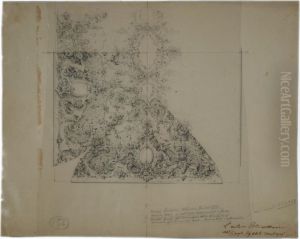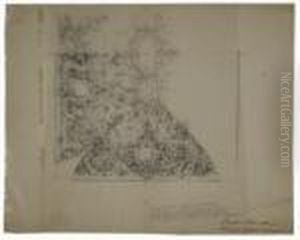Angelo Mariani Paintings
Angelo Mariani was an Italian-born French chemist who gained fame not as a traditional artist, but for his creation of a wine that became a cultural phenomenon in the late 19th and early 20th centuries. Born on April 23, 1838, in the town of Pero-Casevecchie on the island of Corsica, Mariani moved to Paris, where he would eventually make his mark.
After studying pharmacy, Mariani became interested in the potential health benefits of the coca leaf, which had been traditionally used for its stimulating properties in South America. In 1863, he created Vin Mariani, a tonic wine that infused Bordeaux wine with coca leaves. This concoction quickly gained popularity for its supposed medicinal and restorative properties, attracting a wide-ranging clientele, including high-profile individuals such as Thomas Edison, Queen Victoria, and Pope Leo XIII.
Mariani's concoction was essentially one of the earliest versions of what would become the energy drink of its era. It was also an early precursor to what would eventually evolve into Coca-Cola. The presence of cocaine derived from the coca leaves in Vin Mariani made it both a stimulating and addictive substance.
Mariani's success was not just due to his product but also to his marketing genius. He was one of the first to use celebrity endorsements to promote his product, collecting testimonials from various luminaries and publishing them in a book. He also produced a magazine that advertised the health benefits of his tonic wine, further bolstering its popularity.
Angelo Mariani was also a patron of the arts and was known to support artists and performers of his time, which further expanded his social influence. He remained active in his work until his death on April 1, 1914, in Paris. While not an artist in the traditional sense of creating artworks, Mariani's impact on culture and society through his creation and marketing of Vin Mariani was significant, leaving a legacy that intertwines with the history of beverages, advertising, and the social fabric of the Belle Époque.

